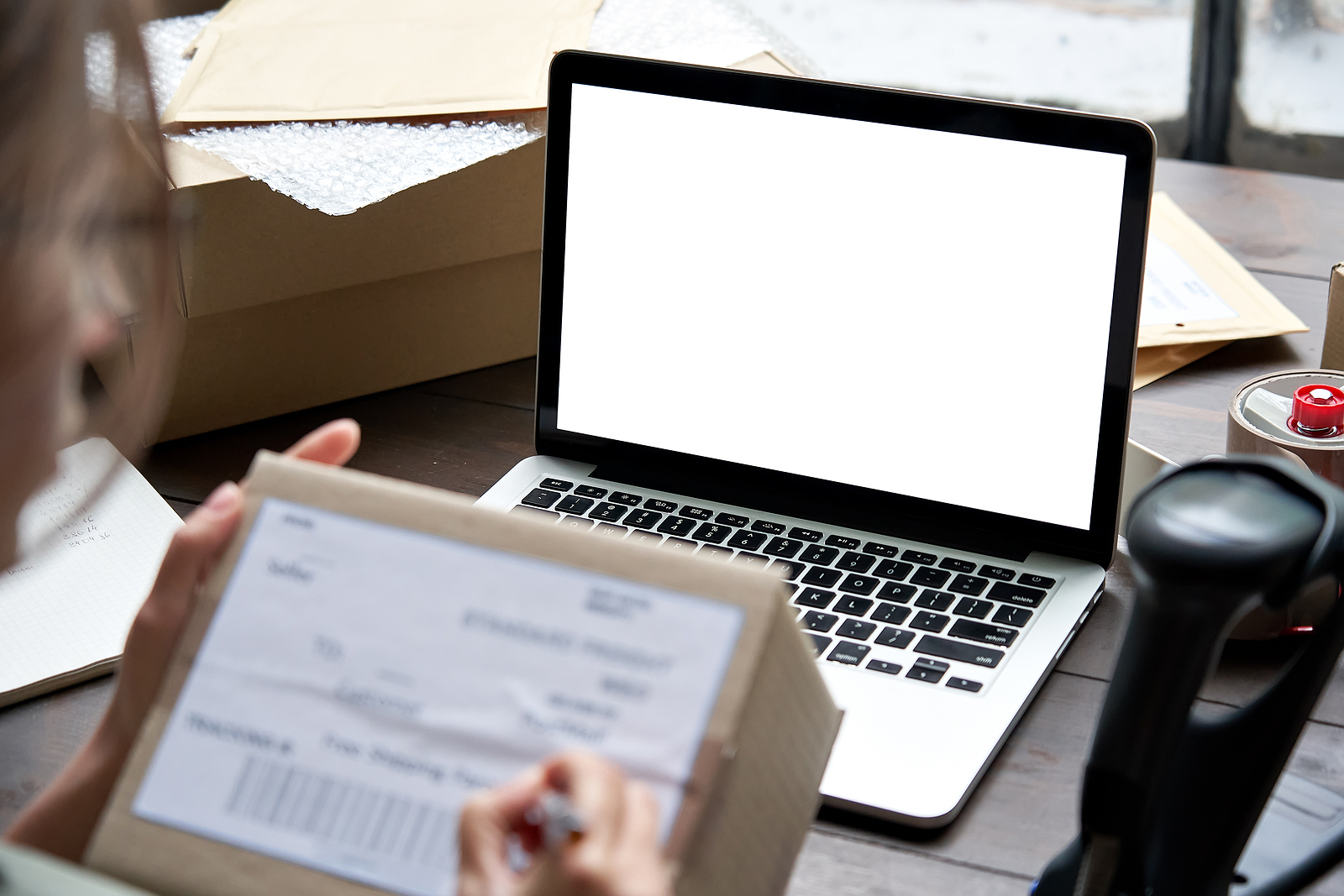Your Guide to Ecommerce Shipping in 2021

Lucky for e-tailers, the dust has (mostly) settled, but there are some differences in the shipping and logistics world you need to know to optimize your strategy moving forward. Consider this your ultimate guide to ecommerce shipping in 2021.
Read on to learn more.
“In 2025, competent shipping departments are adopting a multi-carrier approach utilizing USPS, UPS, FedEx and even regional carriers. It is not only about saving money; flexibility is essential. With multiple carrier options available, delays from one carrier are less concerning.
The ultimate key is having access to a shipping solution that integrates with all your carriers and offers real-time rate shopping and unique rate options. Don’t wait until it’s too late. Begin setting up test shipments now, and familiarize yourself with deadlines and additional fees each carrier imposes to gain a competitive advantage.” – Read Article on Forbes
2021 Ecommerce Shipping Statistics
With shipping being such a crucial part of ecommerce, e-tailers should stay up to date on the latest research so they can be prepared for the future. Take a look at these recent statistics to get an idea of what to expect.
- 79% of consumers agree that free shipping would entice them to shop online more often
- Same-day shipping is the top purchase driver for 54% of shoppers under age 25
- Only 15% of US consumers are satisfied by the speed of e-tailers’ shipping options, but 30% say Amazon meets their expectations
- 83% of consumers expect e-tailers to provide order updates up until delivery
- 70% of e-tailers are working on being more communicative with customers
- 53% of shoppers won’t order an item if the expected delivery date is unclear
- 43% of abandoned carts are due to high shipping costs
- One-quarter (24%) of shoppers would spend more to unlock free shipping
- 36% of e-tailers are concerned about consumers’ shipping expectations
In today’s on-demand consumer landscape, it’s no surprise to see that customers have high expectations for e-tailers: free shipping, speedy delivery and consistent communication. Let’s dive into ways you can provide a top tier customer experience with your order fulfillment methods.
Why Your Packaging Matters
If you think the customer journey ends when you make a sale, think again. The sale is just the start of the post-purchase experience, which is the most important part of their interaction with your online store. If you do it right, your customers will stick around for the long haul. And you already know it’s far more cost-effective to sell to existing customers than to capture new ones. Therefore, you need to make that post-purchase experience count.
One way to guarantee a unique experience is to ship out your products using branded packaging. This means colors, designs and even shapes you won’t find at your local shipping supplies retailer, but it’s an investment with massive payoff. Research shows 72% of American consumers say they’re influenced by package design, and 50% will recommend your products to others if they like the packaging.
Additionally, the rise of unboxing videos means your ecommerce packaging is more likely to be put on display. More than one-third (35%) of consumers say they watch unboxing videos, which feature a reviewer showing packages and their contents. Of those, 55% say the videos have convinced them to buy products.
E-tailers with small startups who can’t yet afford customized packaging, don’t dismay. There are still plenty of ways to give your shipments a personalized touch, such as stickers and handwritten notes. The key is to make a great first impression on your customers, which they’ll form in about seven seconds and be unlikely to change.
Ecommerce Shipping Rates & Methods
Now that you’ve thought about what they’ll look like when they arrive, it’s time to consider how you’ll get orders to your customers. If you’ve been selling online for awhile, chances are you already have a preferred shipping carrier. But when was the last time you did an evaluation of every carrier’s fees, limitations, insurance options and more?
Here’s a perfect example of shipping news you might have missed: UPS rolled out Simple Rate last fall, making it the carrier’s first flat rate shipping service similar to USPS Flat Rate Shipping and FedEx One Rate. Depending on the size of your products, Simple Rate might make the most sense for you because cost of shipment is based solely on the size of the packaging, not the weight or destination.
See what we mean? Regular review of your shipping carrier options can save you some serious cash, and it can inform your shipping pricing strategy and the method you choose to ship. These are the most common ones e-tailers use.
- Charge a flat rate. The most straightforward of your pay-to-ship options, charging a flat rate is predictable, so your customers can build in that cost when deciding whether to purchase. Then, you can run promos throughout the year offering free shipping.
- Charge based on real-time rates. Another effective shipping strategy is to pass along shipping costs to your customers by charging real-time rates. Simply compare the shipping speeds and live pricing from different carriers and show customers their options so they can choose for themselves.
- Offer free shipping. This is your best option if you can make it work. Shoppers don’t see the tangible value of shipping, so they’ll do anything to avoid paying for it—including abandoning their carts and buying from a competitor. However, someone has to pay, so many e-tailers either build the cost of shipping into the prices of their products or set a spending threshold to “unlock” free shipping.
Shipping Trends to Watch in 2021
The shift from brick-and-mortar retail to ecommerce was accelerated during the pandemic, also accelerating shipping trends that have been developing over the past few years. Keep an eye on these trends in 2021 and beyond that can impact your shipping strategy.
- Commercial drones. Drone technology has been in use for nearly a decade, but low-altitude deliveries weren’t approved by the FAA until August 2020. Walmart, Amazon, UPS and other companies are now quickly developing commercial drones to increase speed and efficiency for last mile deliveries, and other merchants will likely follow if the tech proves successful.
- Sustainable shipping. With growing awareness about the impact of global supply chains on the earth, more consumers are seeking brands that are committed to sustainability. This means eco-friendly packaging and smaller carbon footprints, which will be awarded as green initiatives become part of public policy.
- Small business momentum. Ecommerce tools like shopping carts and shipping software have provided a low-cost way for entrepreneurs to launch their own businesses from the comfort of their own homes. Expect to see more small businesses thrive in 2021 and take a bigger slice of the ecommerce shipping pie.
- Higher prices. Anyone who has a base knowledge of economics knows that increased demand means increased prices. Shopify Plus found there was 10 years of ecommerce growth in just 90 days last year, but the global shipping system wasn’t ready. The explosion of online shopping, plus political events like Brexit, put massive strain on supply chains. The result is price hikes, which may become permanent.
- The rise of multi-courier solutions. Think of multi-courier solutions like a fantasy sports team. You get to pick and choose which carriers will handle which parts of your fulfillment to create the fastest, most efficient system to get your products to your customers. Watch these solutions grow in popularity, and consider getting in to stay ahead of the competition.
How to Save on Ecommerce Shipping
The most foolproof way to save on shipping is to use an ecommerce shipping software. ReadyShipper X comes with a free Stamps.com or Pitney Bowes account, plus access to Flat Rate Select for the best USPS rates on the market. If you have multiple accounts with UPS or FedEx, you can add them and use automation to match each order to the right account. Then, easily track your shipments so you can keep your customers informed and happy.
It’s never been easier to excel at ecommerce shipping.
What You Should Do Now
Here are 3 ways ReadyShipper X can help you instantly cut shipping costs, keep delivery promises, and scale fulfillment without adding headcount:
Schedule a Demo – See how ReadyShipper X combines on-premise speed with cloud flexibility to ship your orders faster and cheaper, delivering the speed customers expect at costs that protect your margins.
Start Your Free Trial of ReadyShipper X (No CC Required) – Get up and running in minutes with instant access to multi-carrier rate shopping, smart automation, and enterprise features.
Try ReadyCloud at No Cost – Why manage shipping and returns separately? Get ReadyShipper X, ReadyReturns, and more in one unified platform for faster fulfillment, fewer headaches, and happier customers.
Share On:









